A couple summers ago, I started to write copy for small businesses.
What’s crazy now is what I DIDN’T know: the basic structure of a piece of copywriting. I took an online course by Kelsey Foremost, and learned so much (and am still learning!) about what makes good copy.
So, if you are like me, starting to write copy for yourselves or others, here is the basic structure that you will use over and over again.
Headline
Start with your headline. This is the short, clippy, catchy phrase—usually around six words—that catches the attention of your ideal client and clues them in that there might be something in this IG caption or blog post or web page that they are interested in. You can even call them out directly: “Hey, small business owner.” Or, tell them exactly what is in the content to follow: “A blog post for anyone who uses a camera.” Or, ask a question that piques their interest and makes them want to keep reading: “Confused about your camera’s settings?”
Sub-headline
This is the second key element of good copy. A good sub-headline or secondary headline is simply going keep unfolding the content for your ideal client. The sub-headline can be more like 8-12 words long, and give a few more details so that your readers know they are in the right place. After the headline “Confused about your camera’s settings?”, a sub-headline should say something like: “top five tips for shooting in manual mode.” Tell them specifically what they are going to get out of what you are offering.
Body copy
This is where the bulk of the information is, the longer form words. The body copy is the main content of the blog post, the columns of a newspaper article, or the details of the packages on your website. Make this part clear and easy to read—we all have short attention spans these days. Use bold text or bullet points or italics to break things up. Serve your reader well in the body copy and give them excellent and engaging information.
Call to action
What is a call to action? The CTA is what you want your customers to do next. Do you want them to keep reading the next article? Or to click over to book a call with you? Make sure you have a CTA that is clear and easy to understand. Good copy will ensure that it the natural next step for them, not just something you want them to do.
There you have it—the basic structure of how to write good copy! Of course, there are so many other important elements—making sure you are weaving a narrative throughout, taking care that your process is invitational and compelling instead of manipulative—but these bones are what you always should fall back on, no matter what kind of copy you are writing.
Your CTA for this article? Comment below and let me know if you had heard these four steps articulated before now!;)



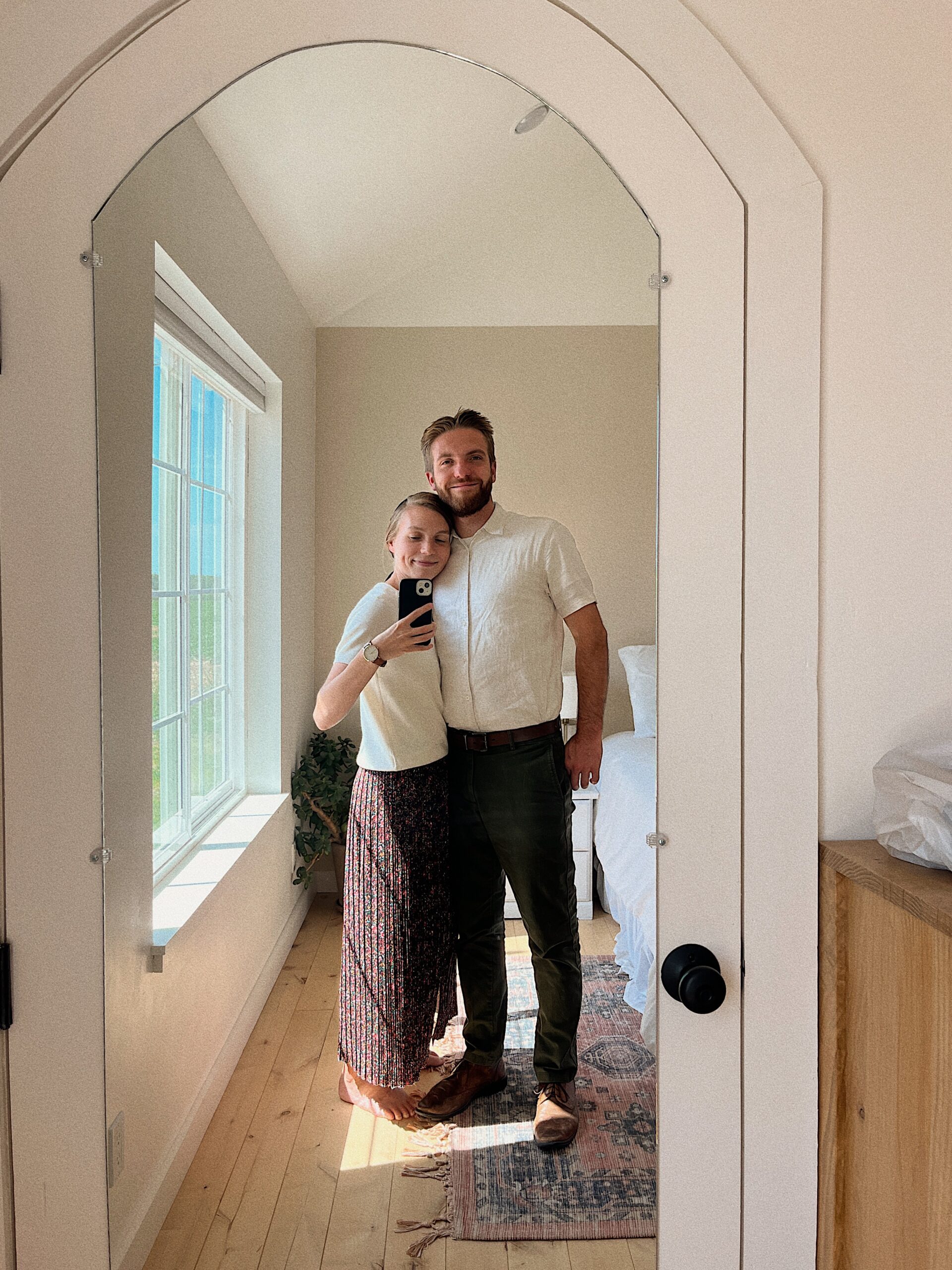



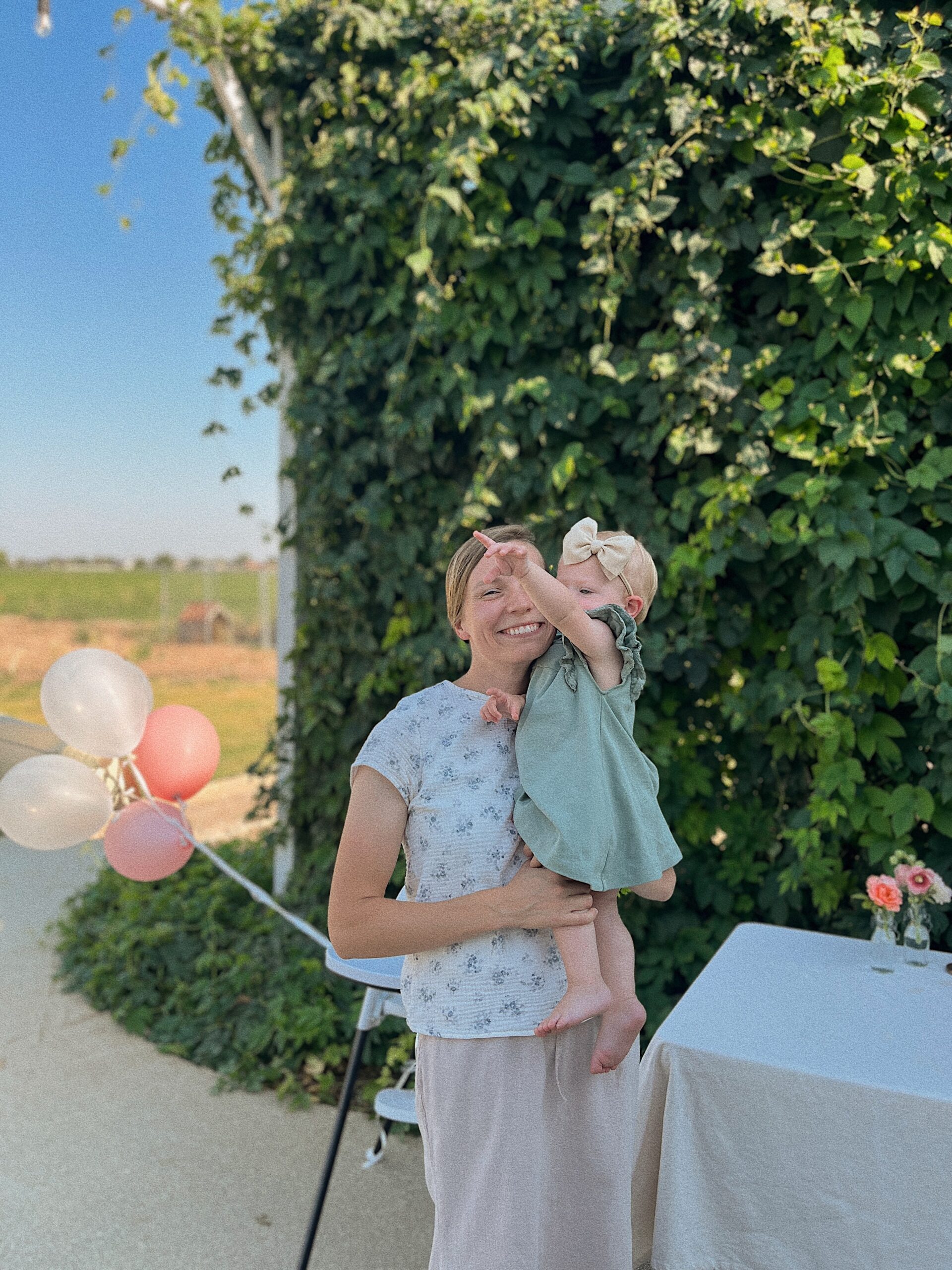
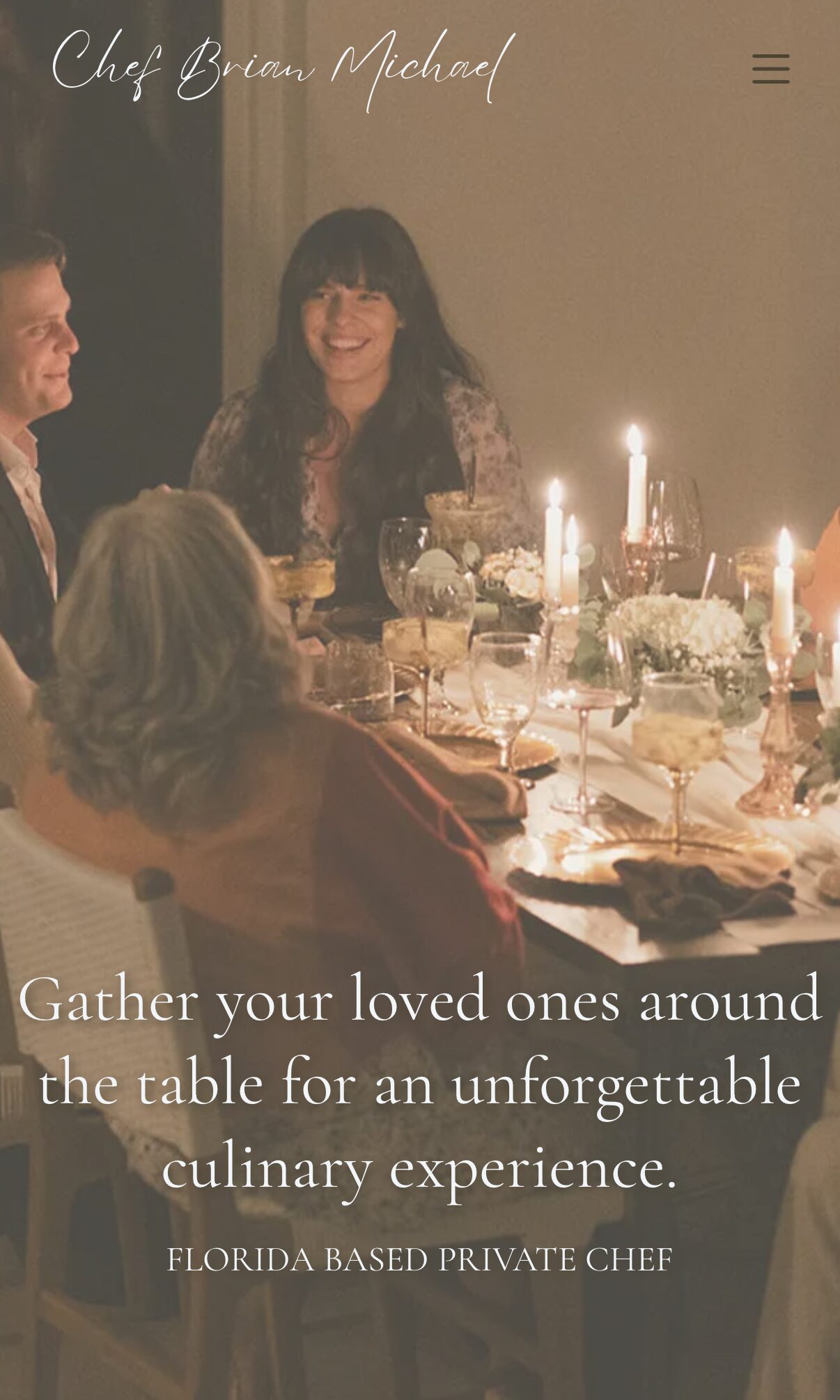


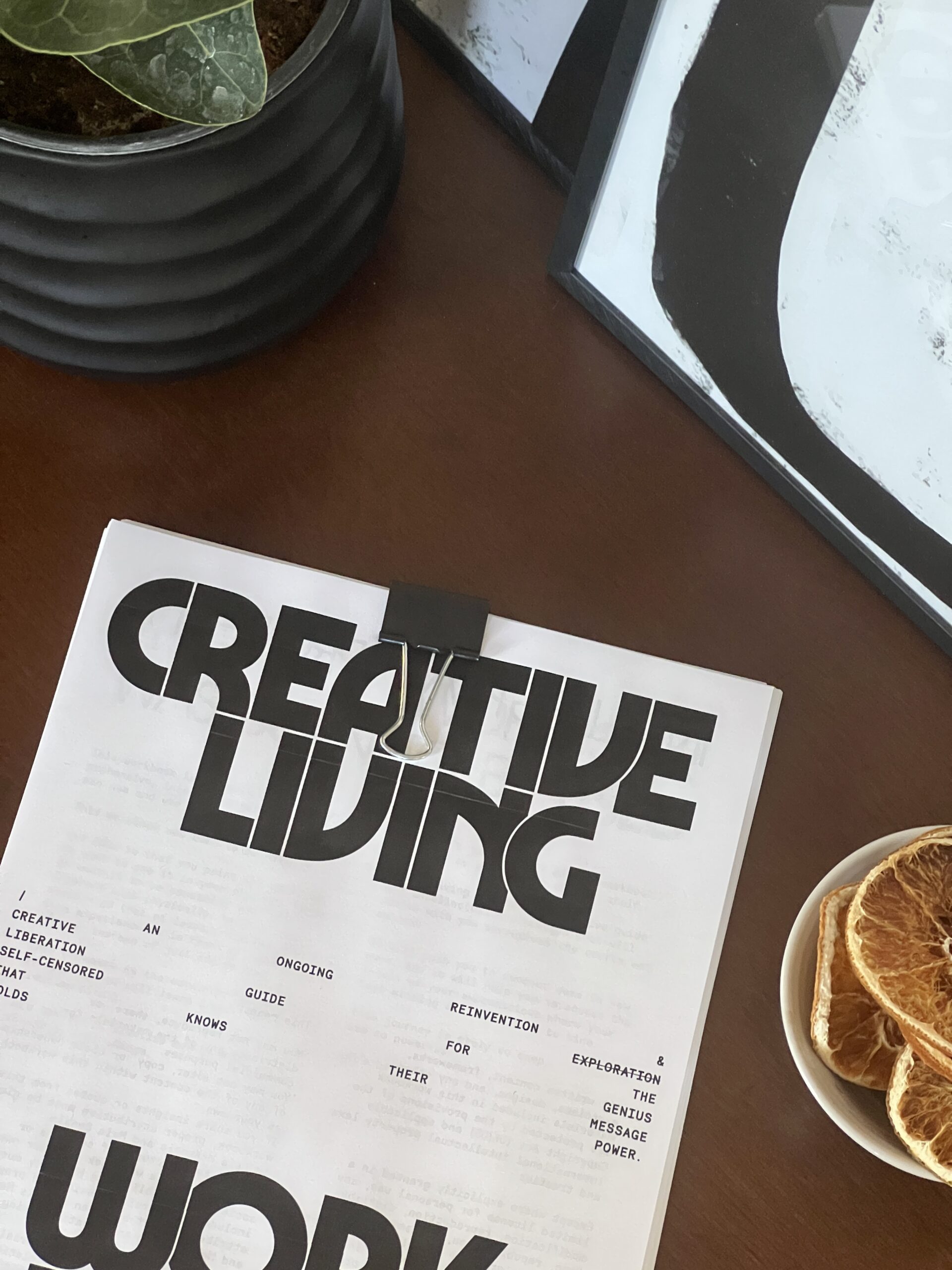

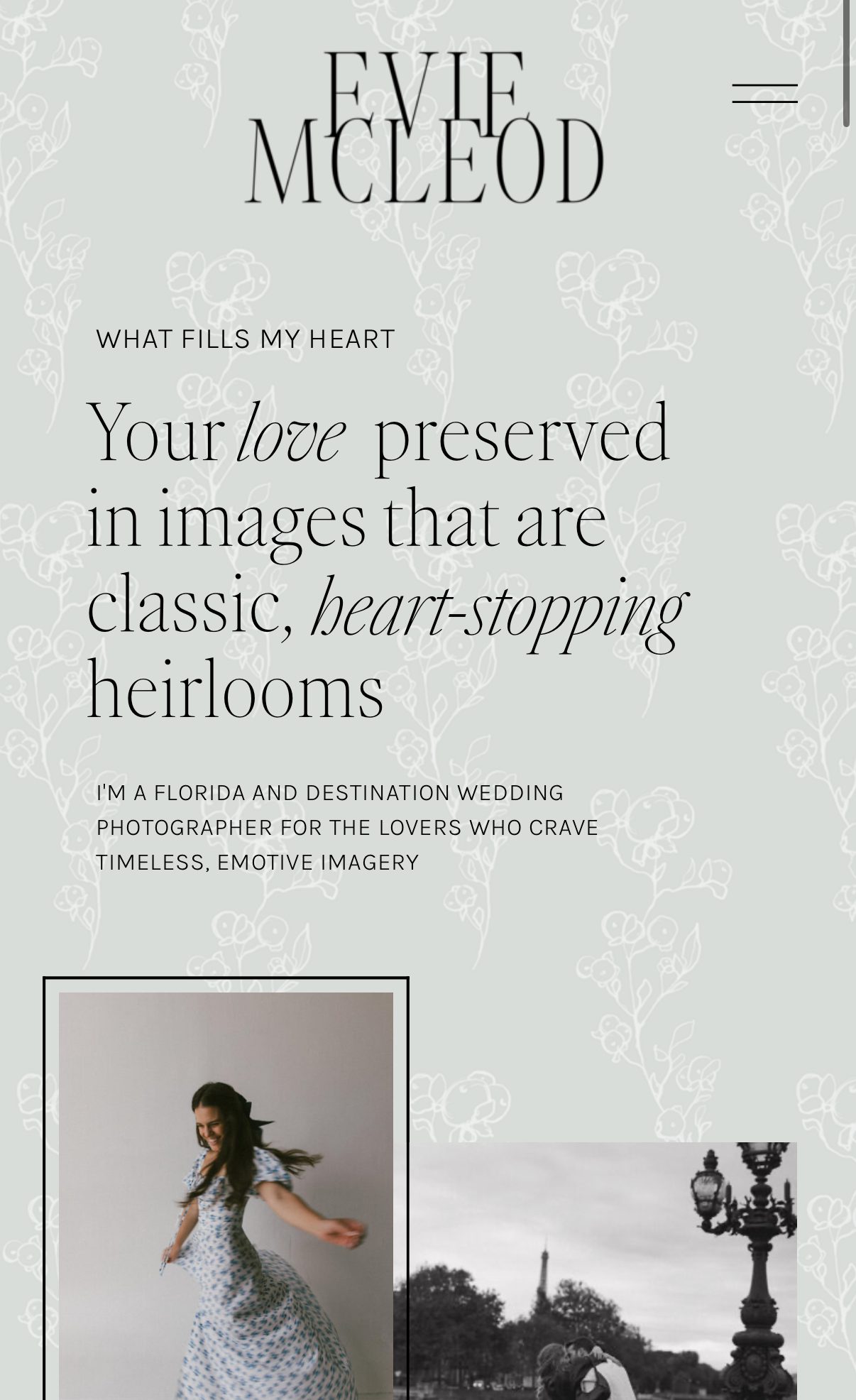
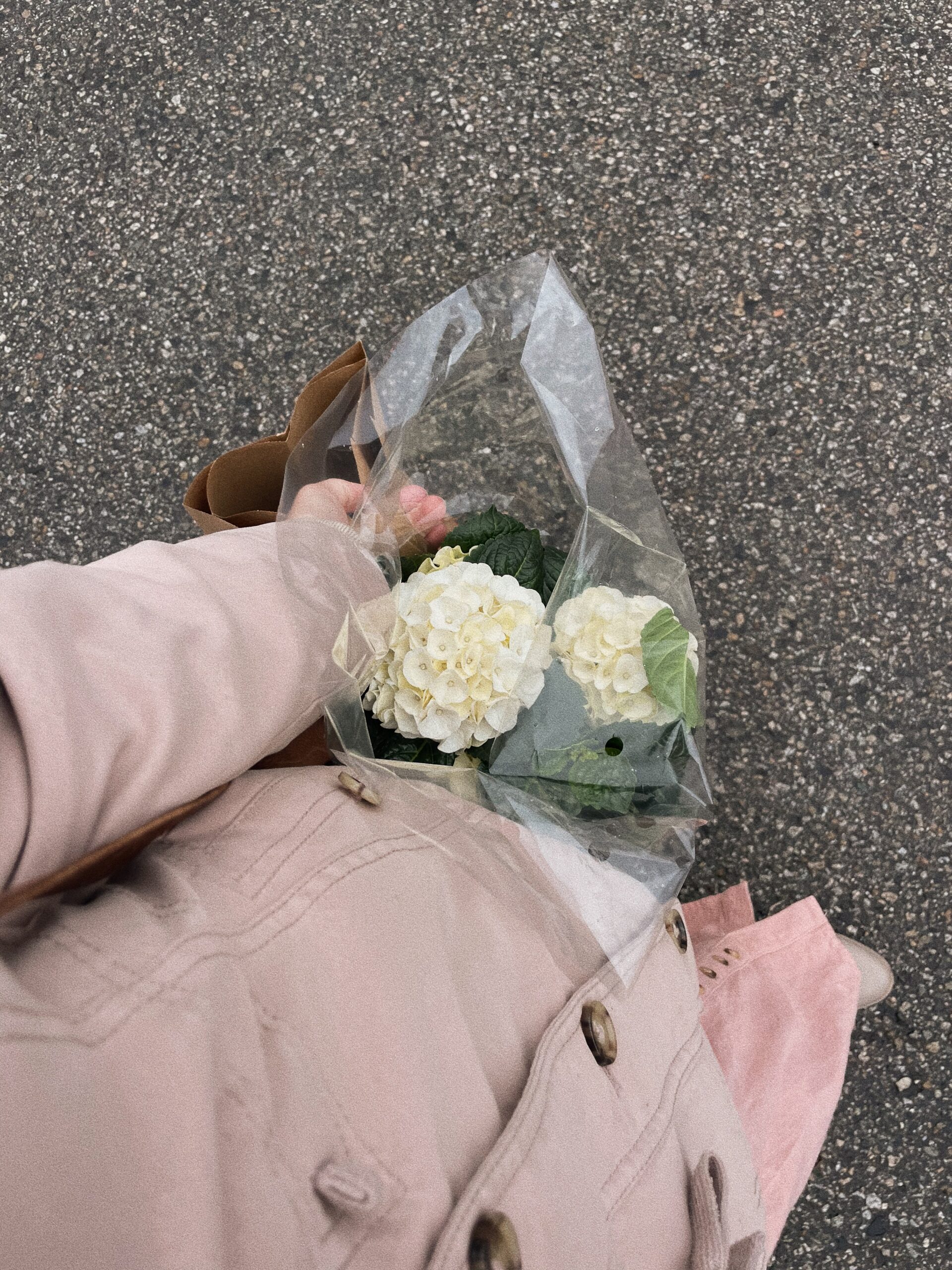




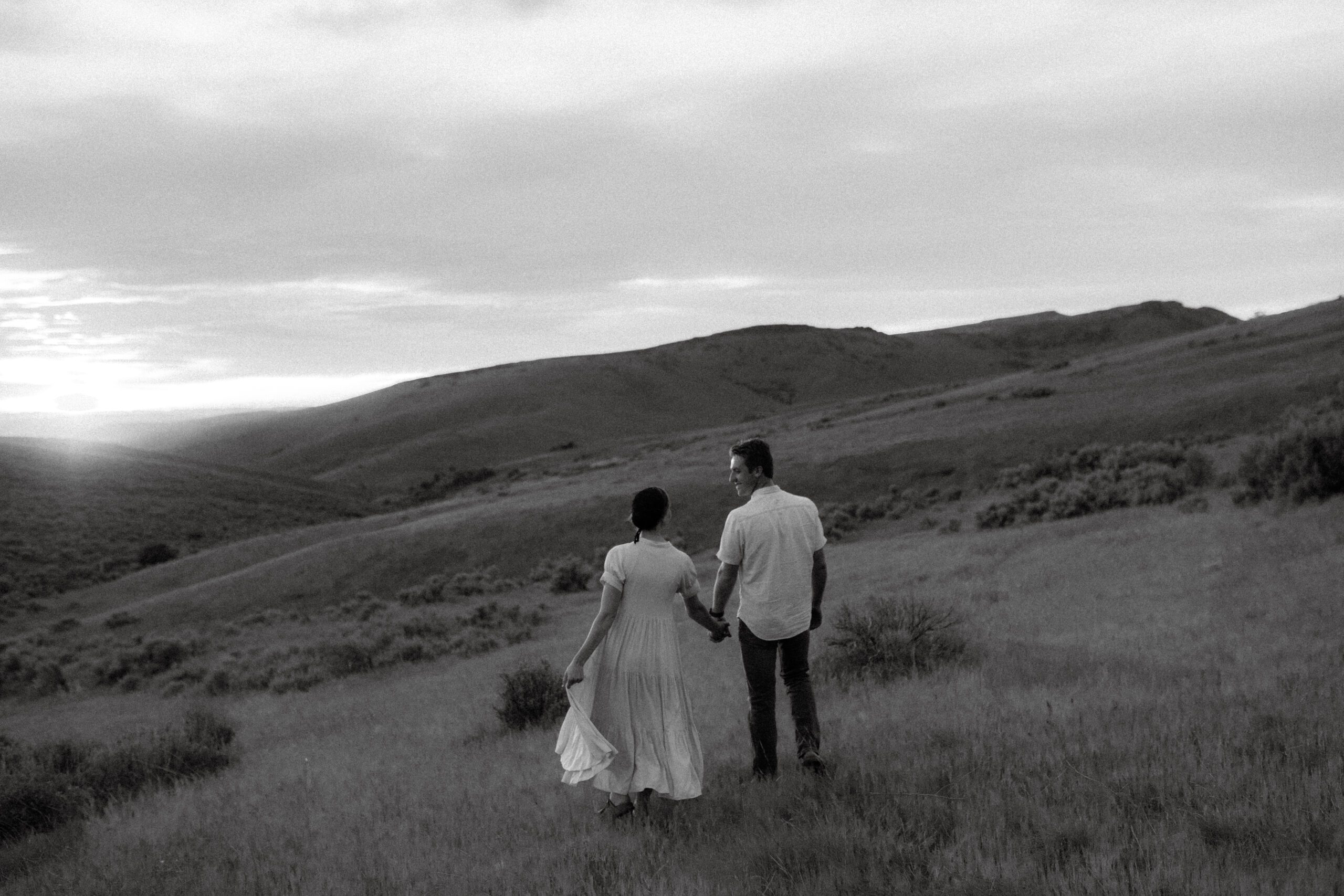
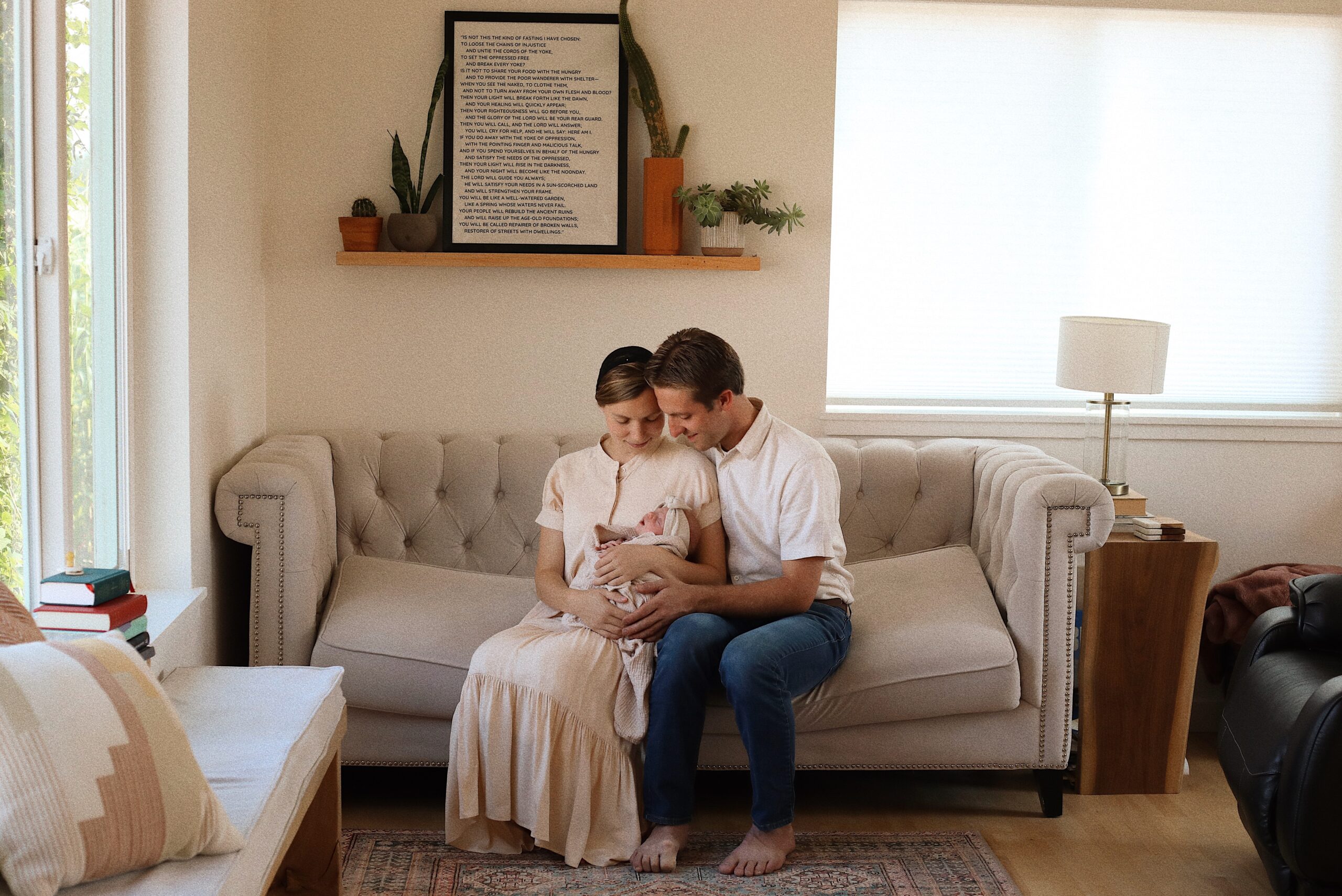
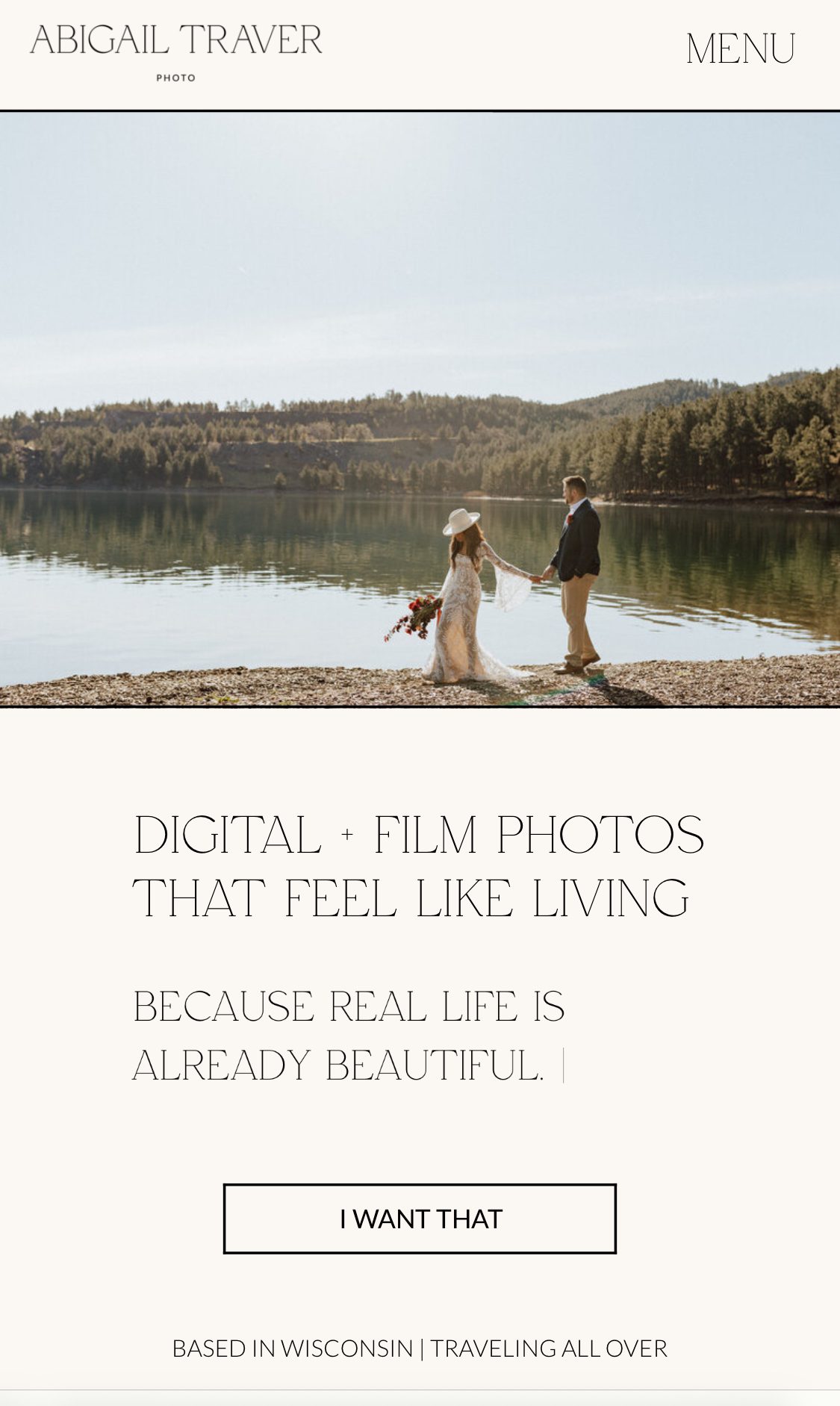


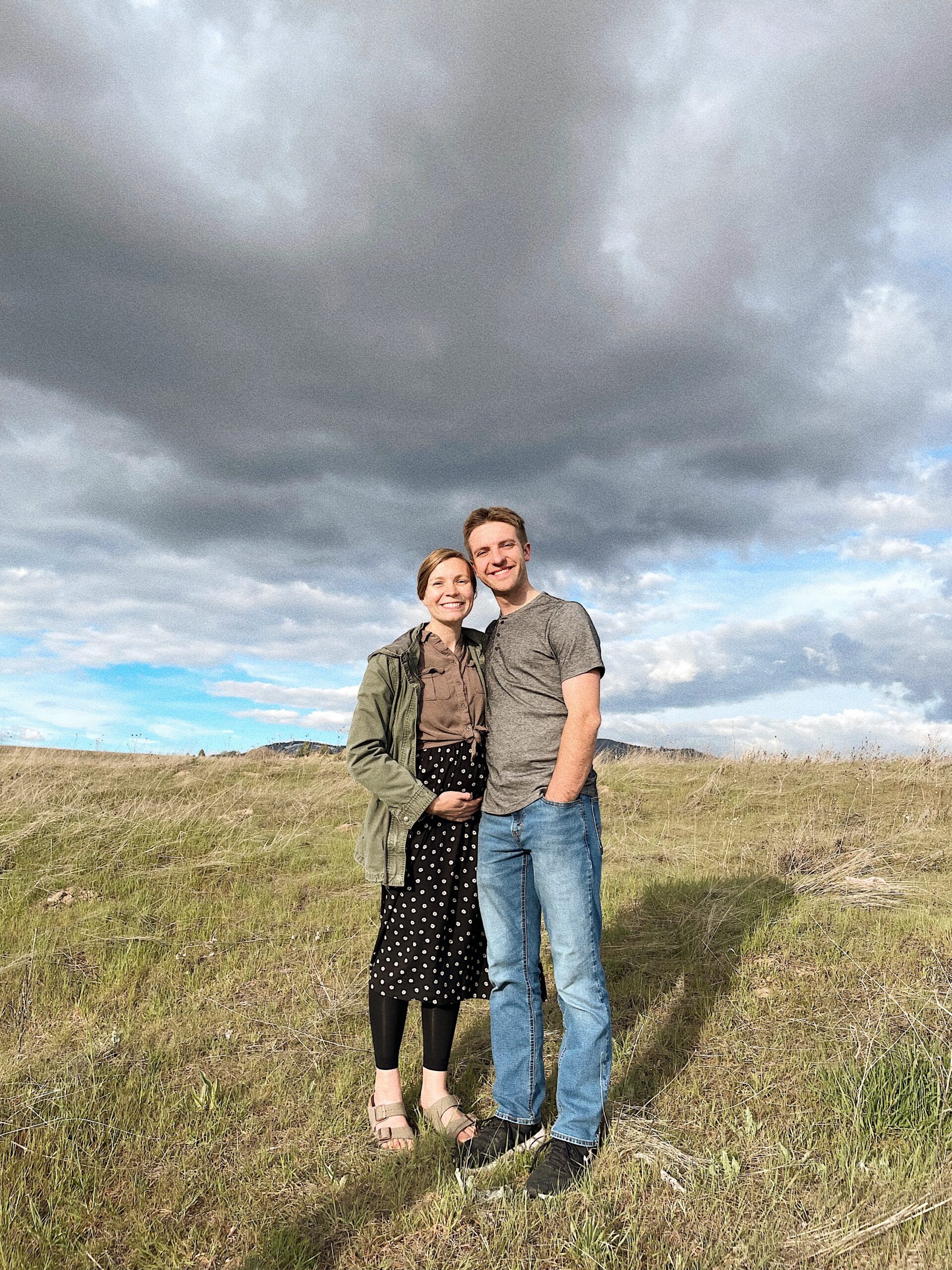


















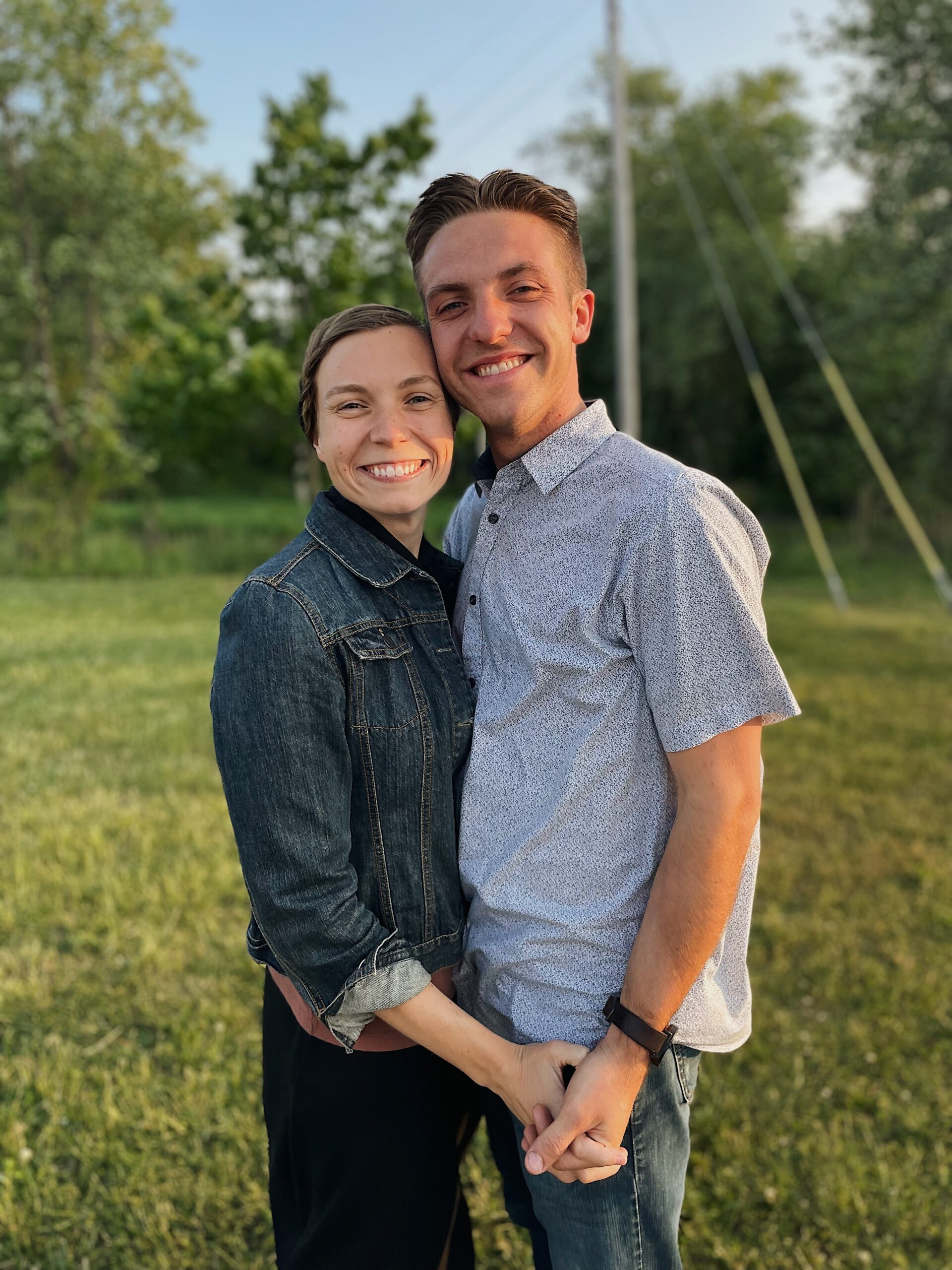











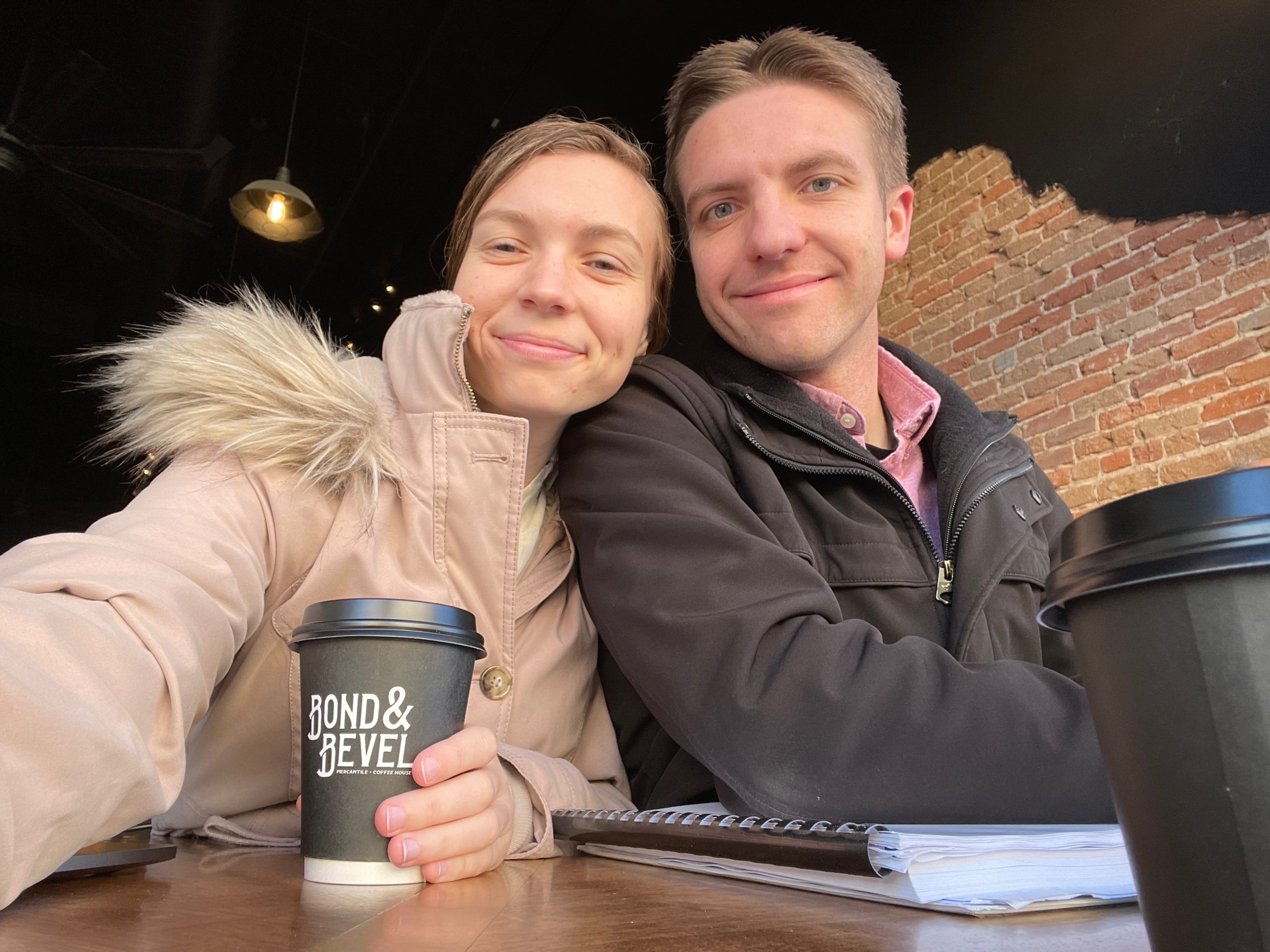



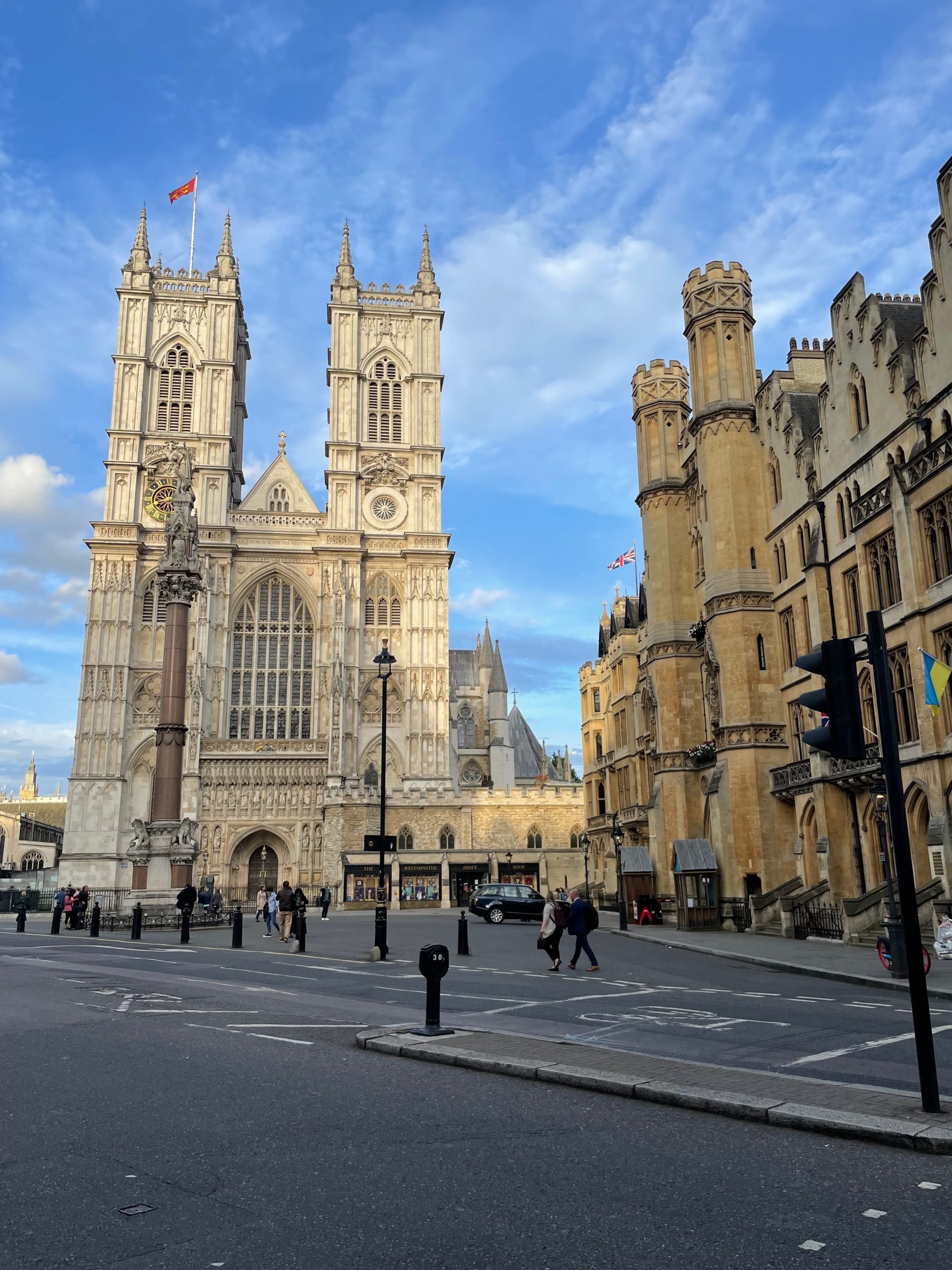
















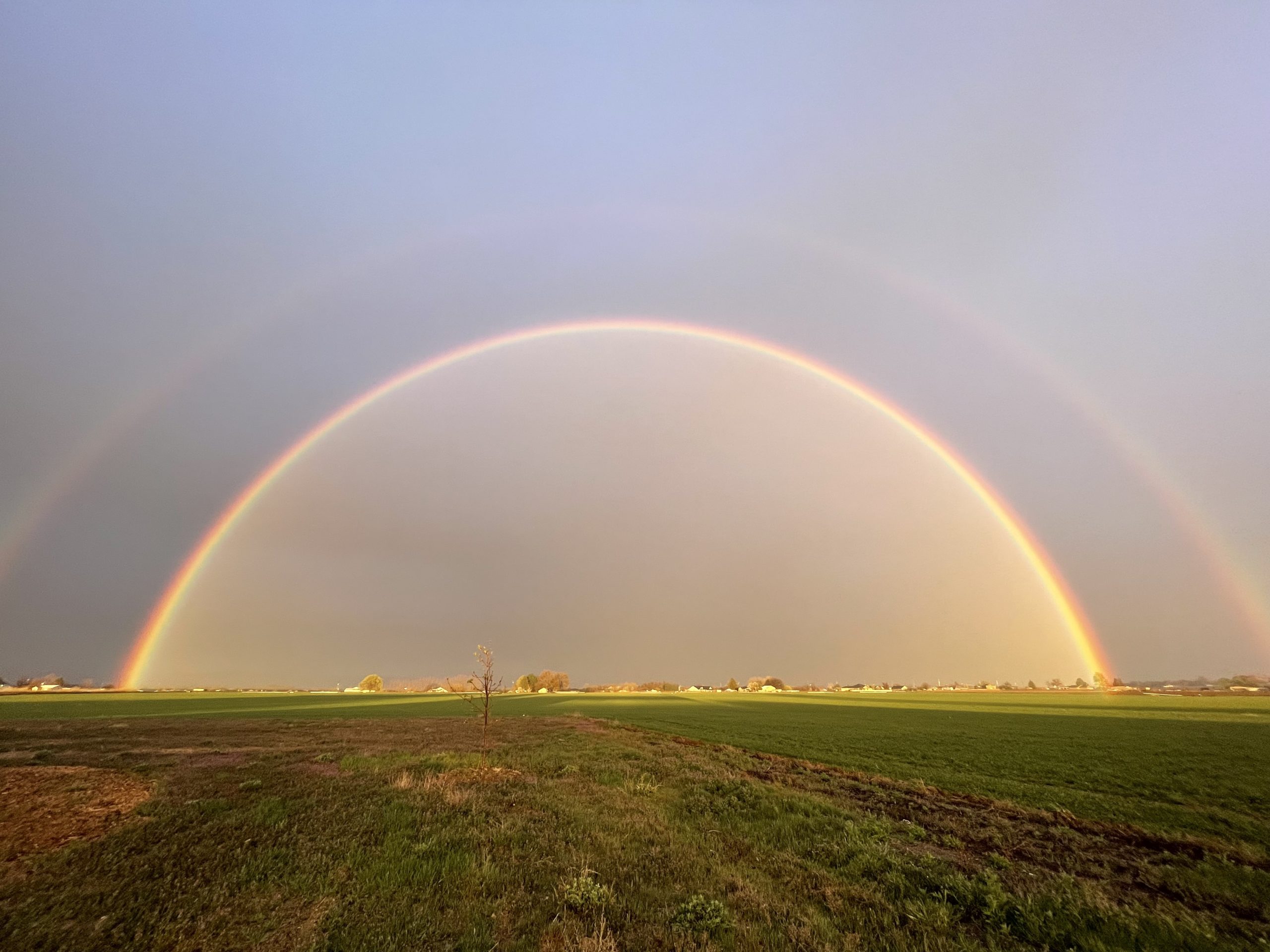

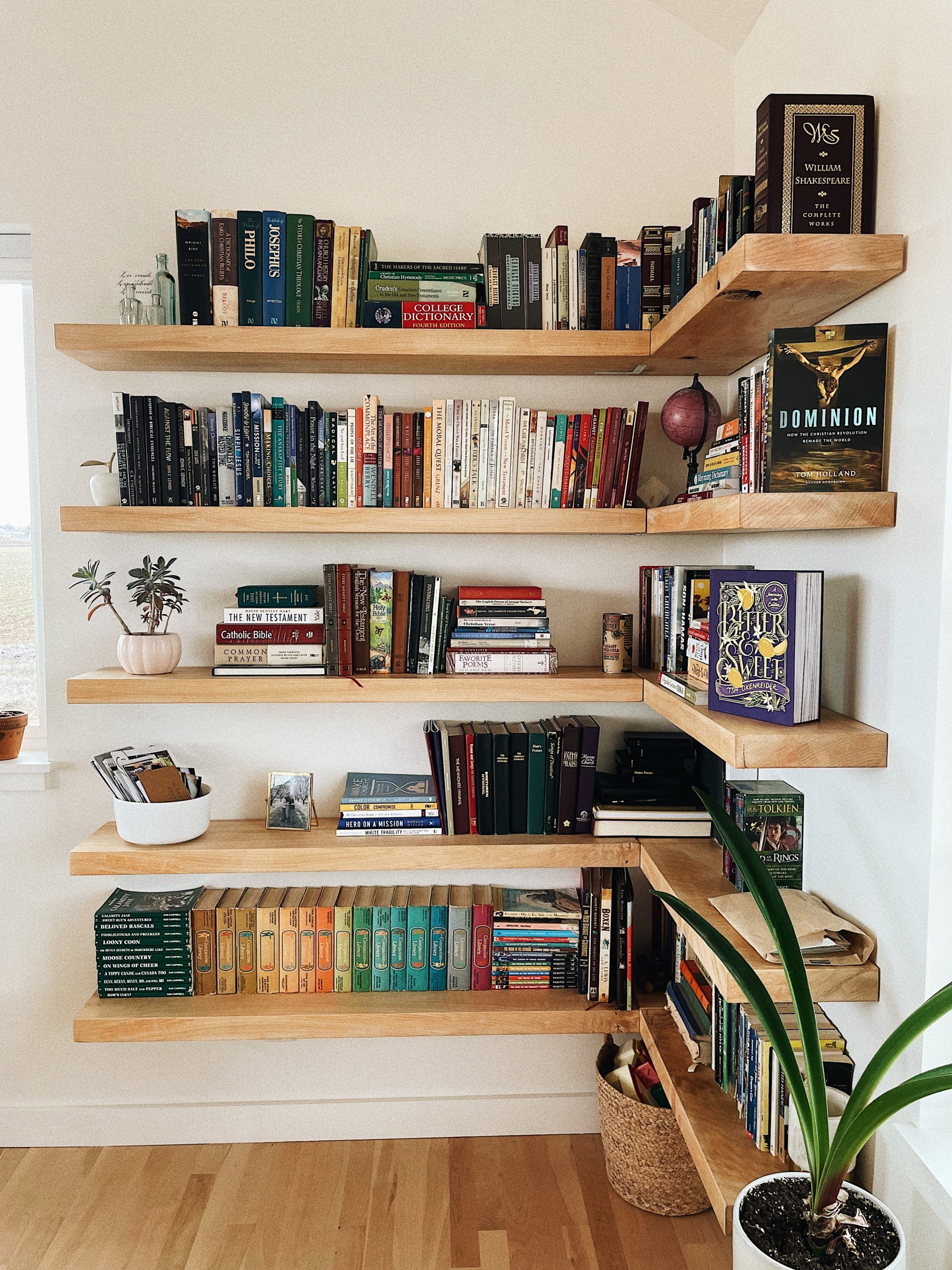



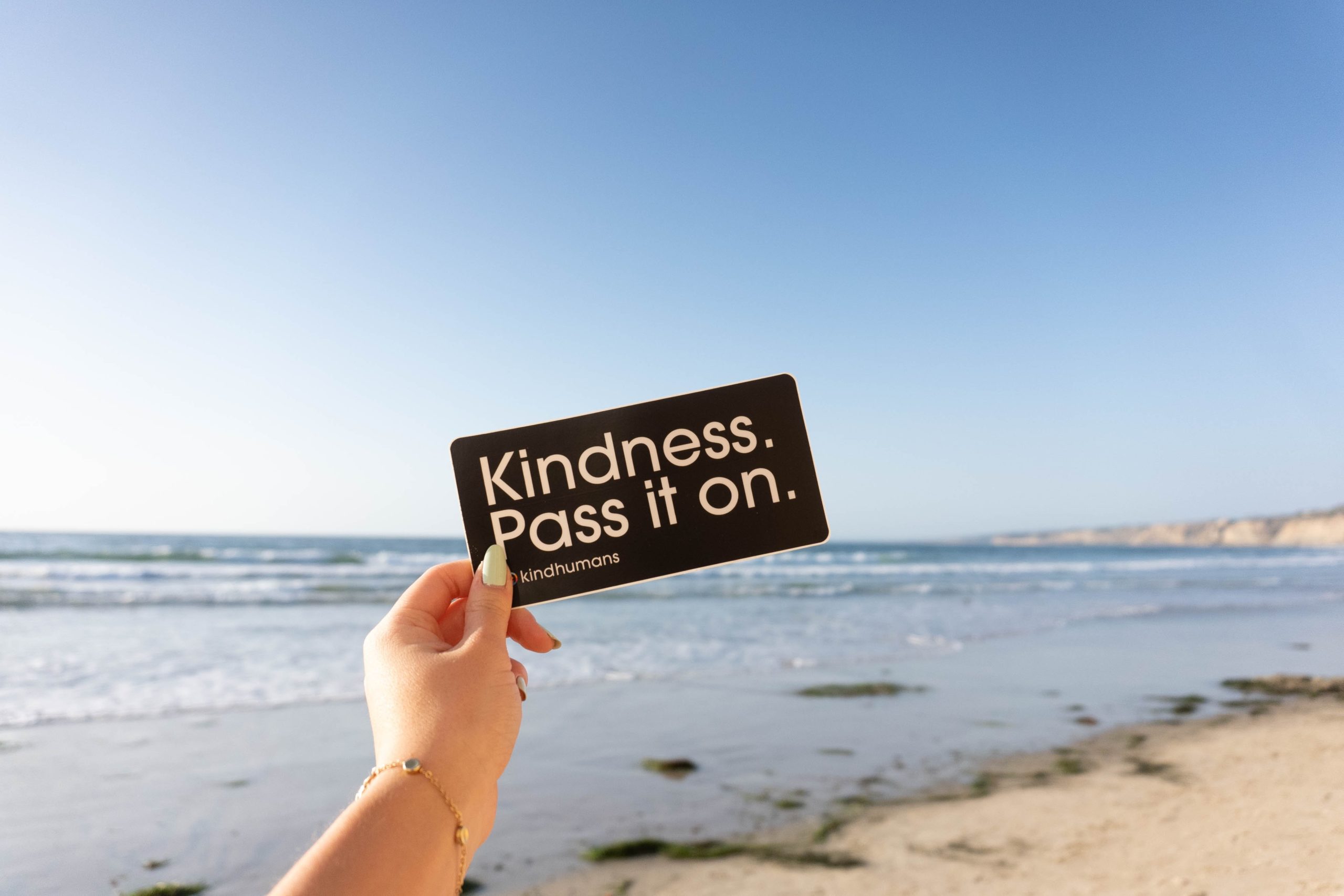

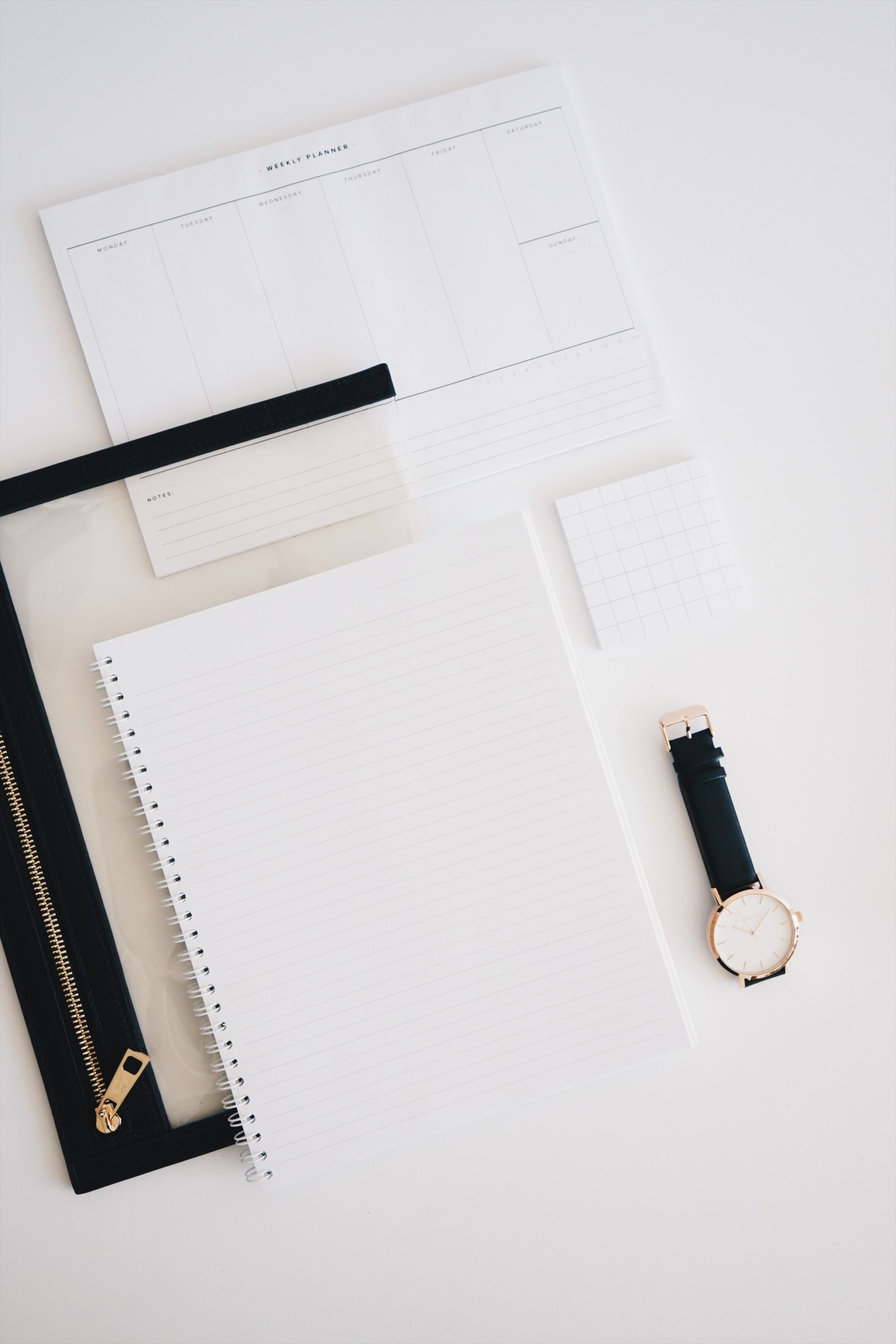




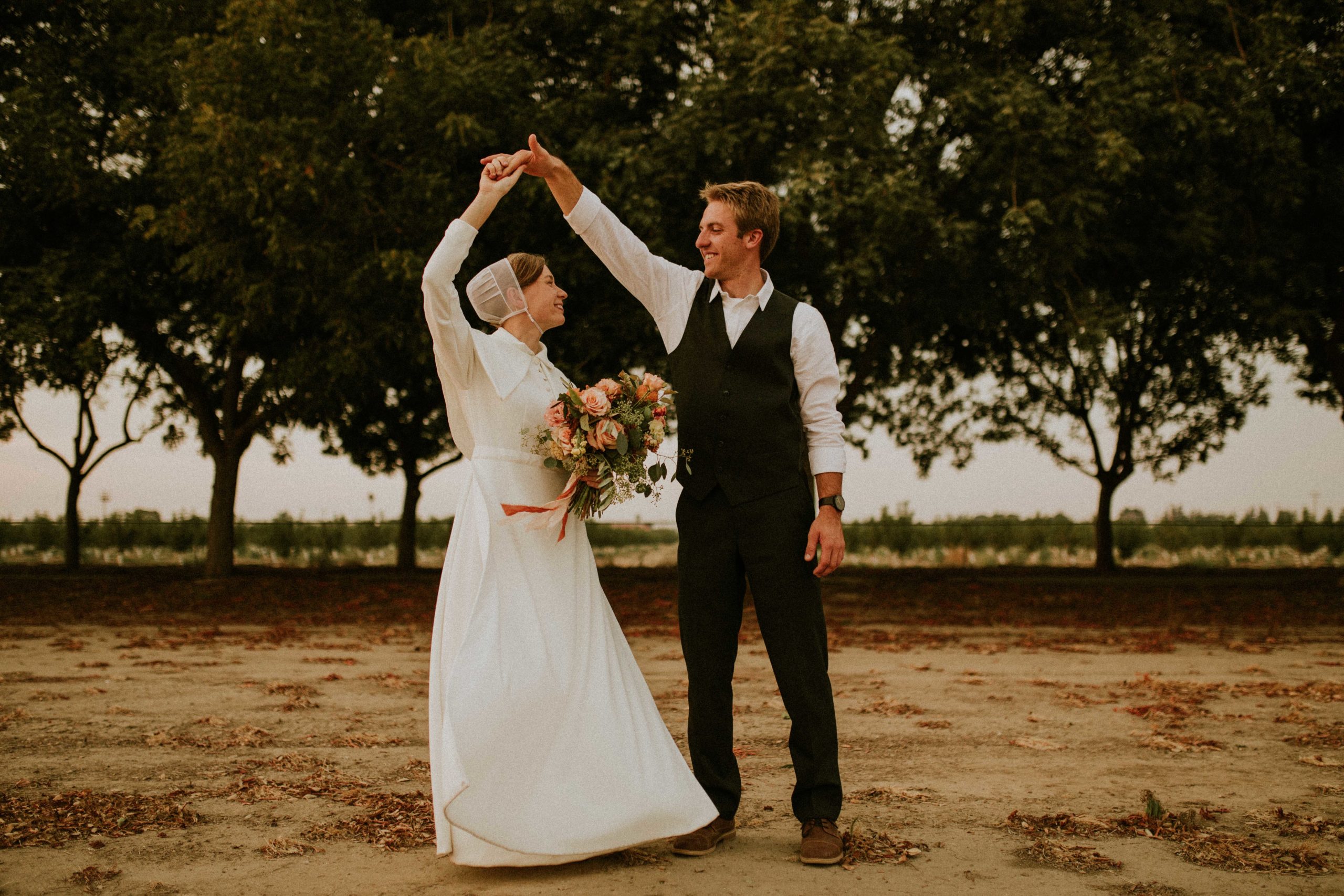

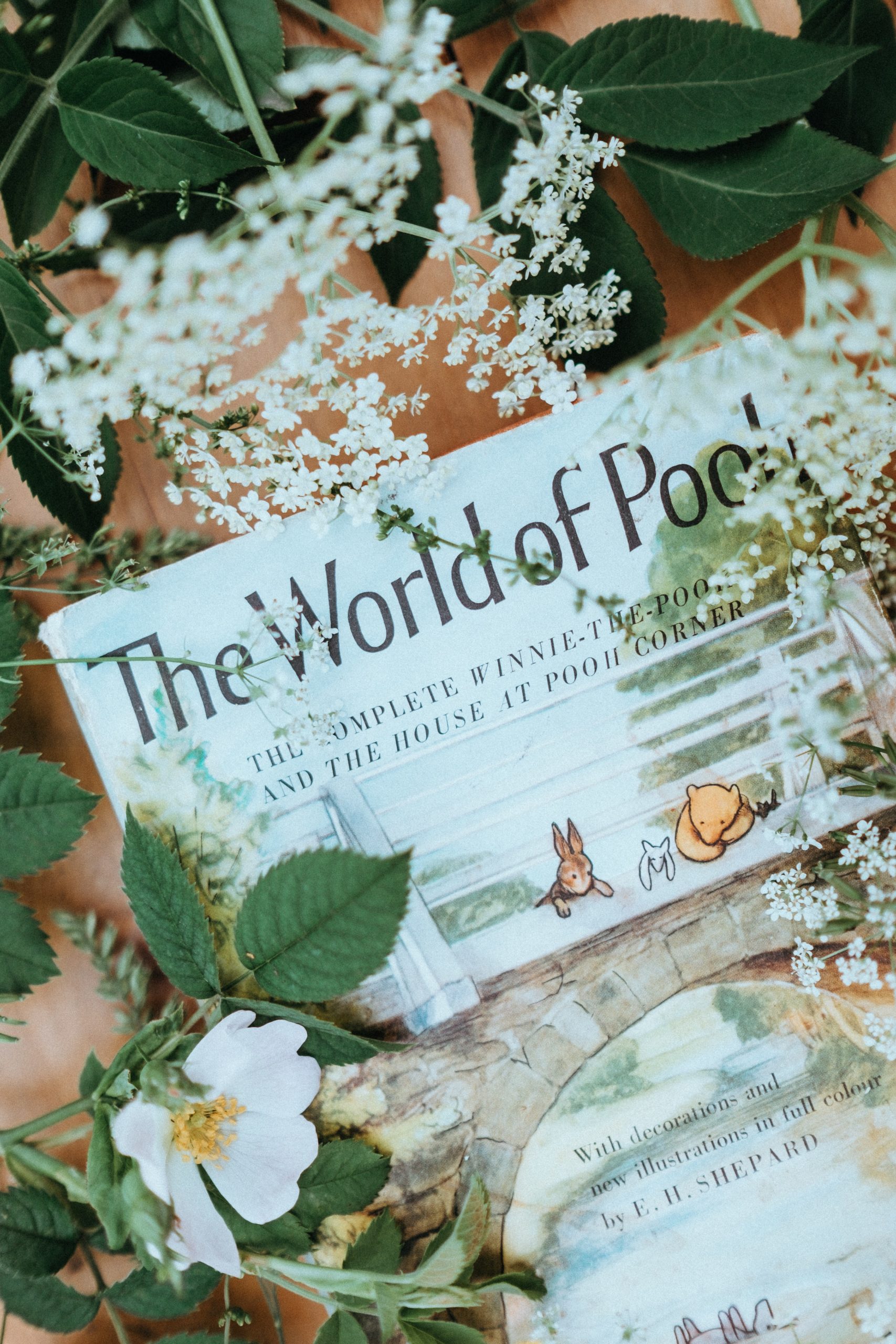



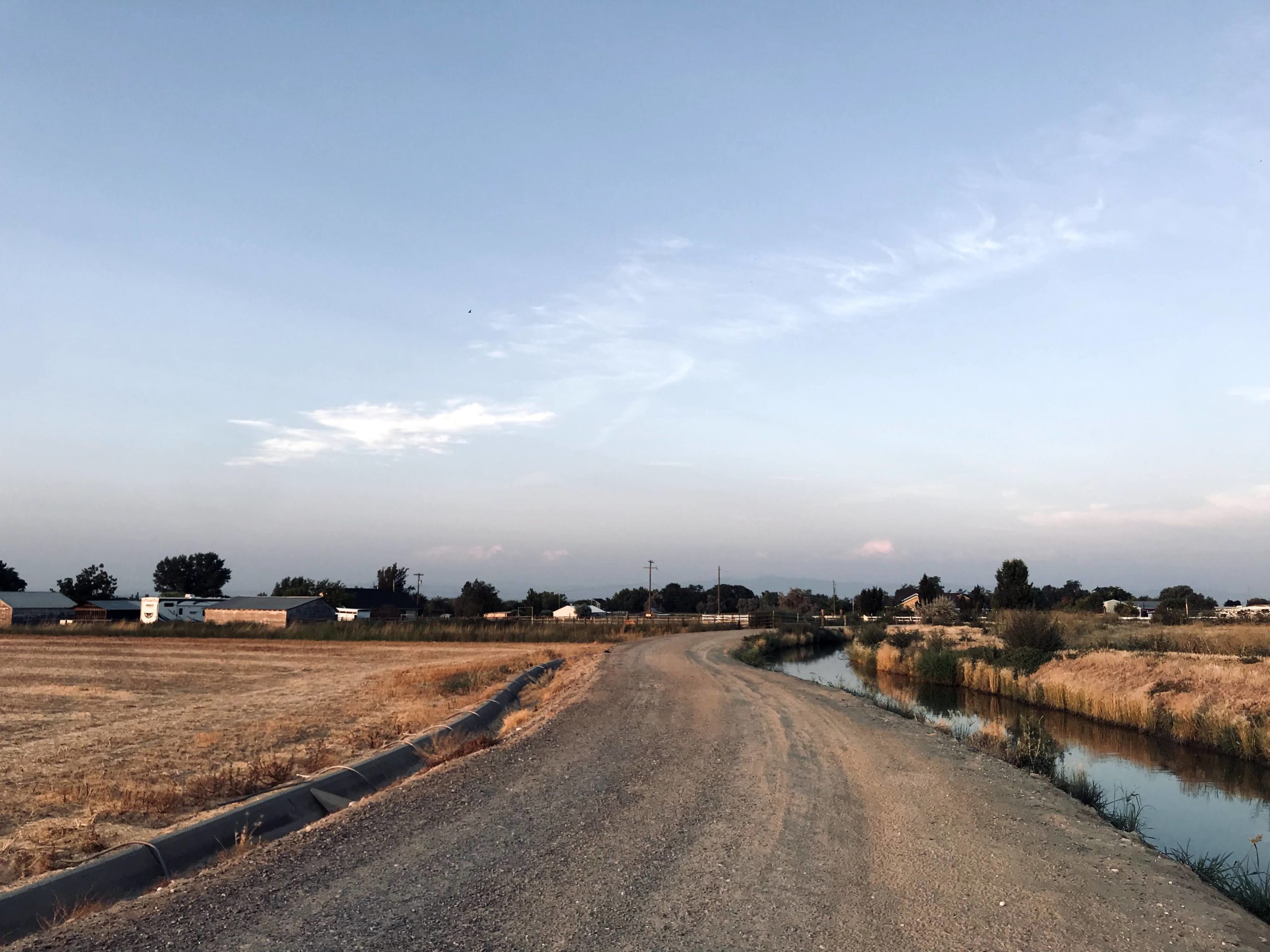
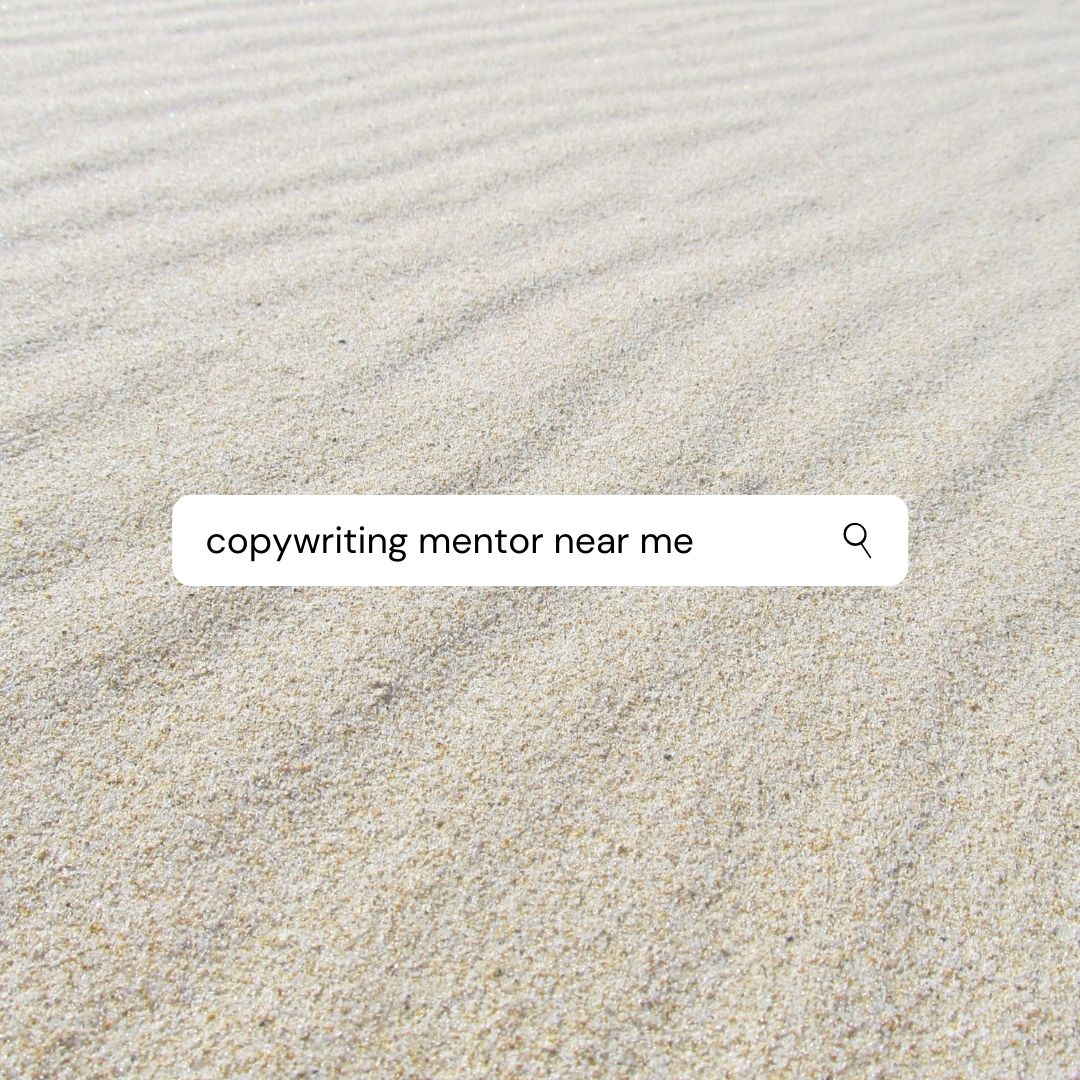




+ show Comments
- Hide Comments
Add a comment